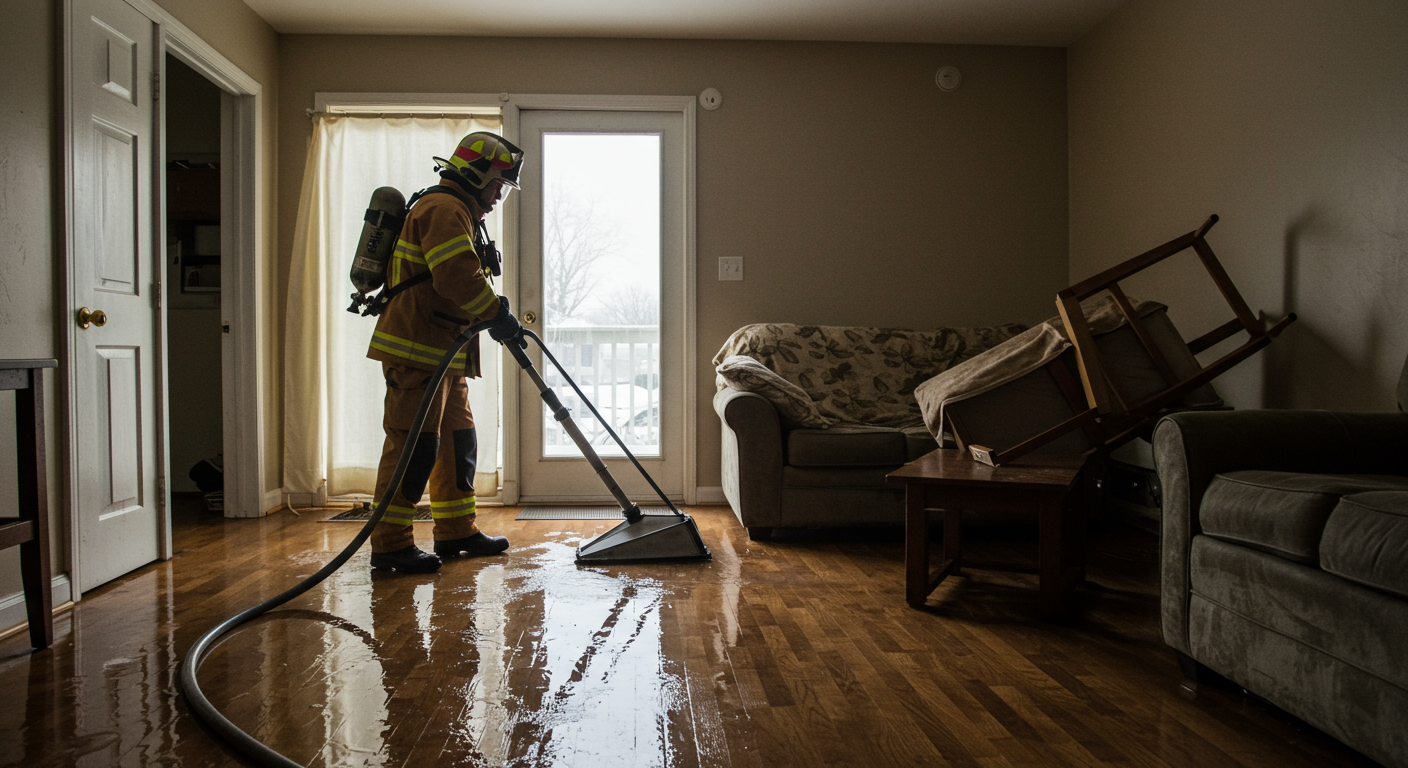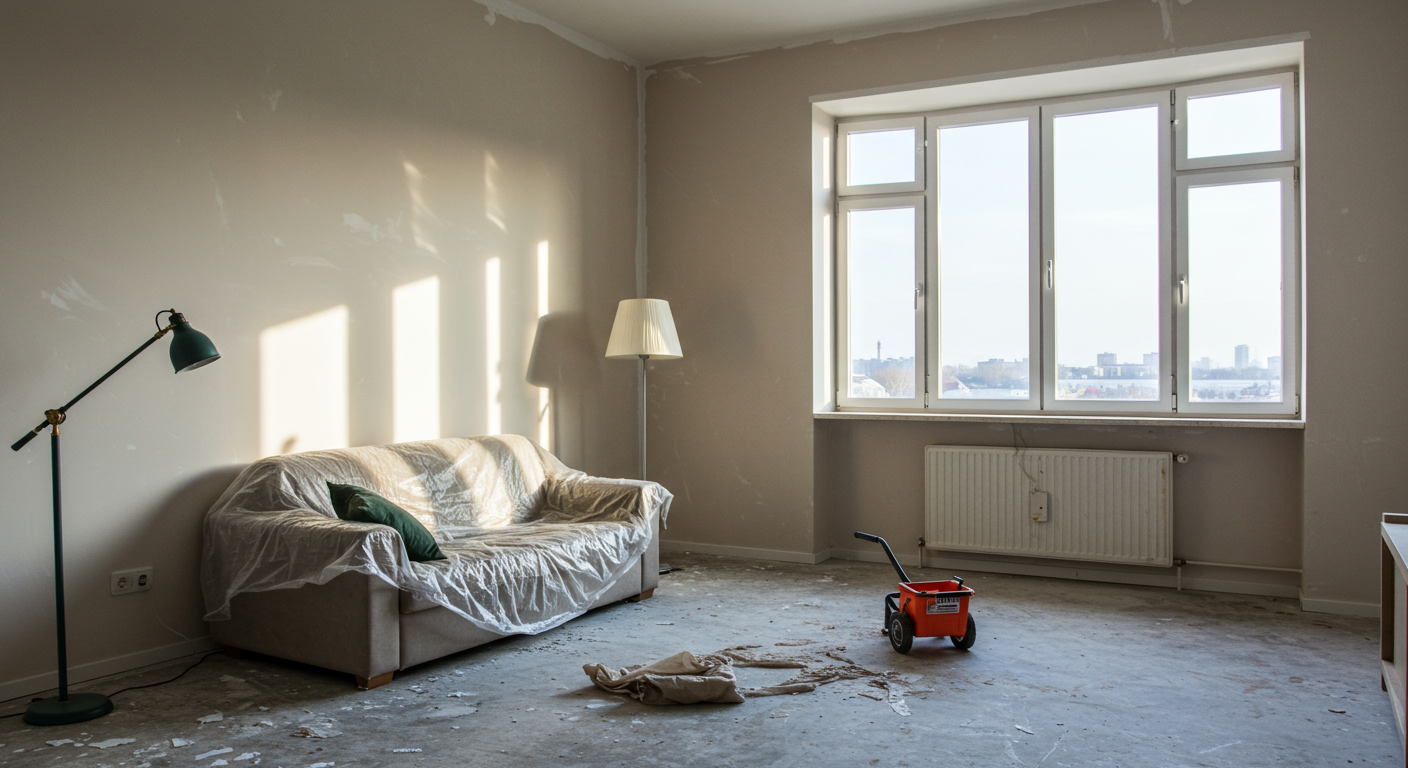Mold is a persistent and often hidden problem that can wreak havoc on your home and health. For residents of Lancaster, TX, understanding the risks, detection methods, and remediation strategies for fungus mold is essential. This guide will walk you through everything you need to know to protect your home and loved ones from the dangers of mold.
Understanding Fungus Mold and Its Risks
Health Implications of Mold Exposure
Fungus mold is more than just an unsightly nuisance; it poses significant health risks. Prolonged exposure to mold spores can lead to respiratory issues, allergic reactions, and even chronic illnesses. Symptoms such as coughing, sneezing, skin irritation, and asthma attacks are common in mold-infested environments. Vulnerable groups, including children, the elderly, and individuals with pre-existing health conditions, are particularly at risk. Addressing mold issues promptly can safeguard your family’s health and well-being.
Common Types of Mold Found in Homes
Homes in Lancaster, TX, are often affected by common mold types such as Aspergillus, Cladosporium, and Stachybotrys (commonly known as black mold). Each type thrives in different conditions, with some preferring damp basements and others flourishing in poorly ventilated bathrooms. Identifying the type of mold in your home is crucial for effective remediation, as some molds are more toxic than others.
Why Mold Inspection is Crucial in Lancaster, TX
Signs Your Home May Have Mold Issues
Detecting mold early can save you from costly repairs and health complications. Common signs of mold issues include a musty odor, visible discoloration on walls or ceilings, and persistent dampness. Water damage, such as leaks or flooding, often precedes mold growth. If you notice peeling paint, warped wood, or unexplained stains, it’s time to consider a professional mold inspection.
Importance of Professional Mold Testing
While DIY mold testing kits are available, they often lack the accuracy and reliability of professional services. Certified mold inspectors use advanced tools to identify hidden mold and assess the extent of contamination. Professional testing ensures a comprehensive understanding of the problem, enabling targeted and effective remediation. For residents in Lancaster, TX, investing in professional mold testing is a proactive step toward a healthier home.
The Mold Inspection Process Explained
Steps Involved in a Professional Mold Inspection
A professional mold inspection typically begins with a thorough visual assessment of your home. Inspectors use specialized equipment, such as moisture meters and thermal imaging cameras, to detect hidden mold. Air and surface samples are collected for laboratory analysis to determine the type and concentration of mold spores. This detailed process ensures no area is overlooked, providing a clear picture of the mold situation in your home.

What to Expect During the Inspection
During the inspection, you can expect the inspector to examine areas prone to moisture, such as basements, bathrooms, and kitchens. They may also check your HVAC system, as mold can spread through air ducts. After the inspection, you’ll receive a detailed report outlining the findings, including the type of mold present and recommended remediation steps. This report serves as a roadmap for addressing the issue effectively.
Effective Mold Remediation Strategies
DIY vs. Professional Mold Removal
While minor mold issues can sometimes be handled with DIY methods, such as cleaning with vinegar or bleach, larger infestations require professional intervention. Professionals have the expertise, equipment, and protective gear needed to safely remove mold and prevent its recurrence. Attempting to handle extensive mold growth on your own can spread spores and exacerbate the problem, making professional remediation the safer choice.
Steps to Take After Mold is Detected
Once mold is detected, immediate action is crucial. Begin by addressing the source of moisture, such as fixing leaks or improving ventilation. Professional remediation involves isolating the affected area, removing contaminated materials, and thoroughly cleaning and disinfecting surfaces. Preventive measures, such as using dehumidifiers and ensuring proper drainage, can help keep your home mold-free in the future.
For more insights on safe and effective remediation, explore Expert Mold Remediation Services in Lancaster, TX.
Mold is a serious issue that requires prompt attention and informed action. By understanding the risks, recognizing the signs, and taking proactive steps, you can protect your home and health from the dangers of fungus mold. For residents of Lancaster, TX, professional mold inspection and remediation services are invaluable resources in maintaining a safe and healthy living environment.


